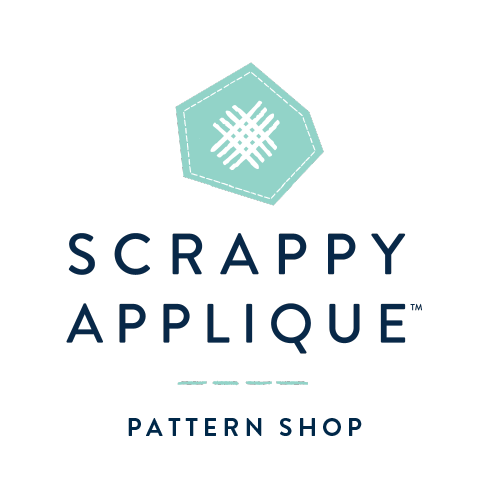
My favorite place to draw inspiration for a color palette is in nature. Now, this is not a new concept, but where the color magic really happens, is in noticing those super subtle nuances that are easy to overlook.
When we think of the ocean, naturally we think-- blue. Maybe we go further and think blues and turquoises. Almost always they are really saturated, probably dark. A palette from those observations could be completely beautiful, but let's look a little closer.
Instead of just grabbing a bunch of different blues, let's look at some photos of oceans and pay close attention to all the different colors you see, especially the ones that are just barely there. Often those make the biggest impact to the palette.
Take the photo of the waves -- we can see a spectrum of blues, ranging from deep navy all the way to an icy turquoise. Not just light blue to dark blue-- notice the navy is really rich, not a dull or muted navy at all. The light blues seem icy, don't they? It's because they are a light turquoise, they have a little green in them. And the shades in the middle of that spectrum are not medium blue, but turquoise, again, there is a tiny hint of green.
Now look at that vibrant and saturated photo at the bottom. Again, there is a wide spectrum ranging from rich navy to light turquoise, but do you also see the feathery violet clouds in the sky that are also reflected in the water? They are so faint, but are what makes the colors in this photo, in my opinion, so much more beautiful. I also LOVE that tiny orange boat. Since orange is opposite blue on the color wheel, it really stands out.
The colors in the glacier photo are much softer. Again we have blue, turquoise, a tiny hint of violet, and that great orange. Look closely at the orange, though. It is not a pumpkin, nor is it the color of an actual orange fruit -- both of those oranges have too much yellow. Notice this one has a tiny bit of pink in it. Not as much pink as coral. I think I'd call that orange, apricot. I love how soft it is in that photo, if it were darker or more vibrant, it might take away from the other colors rather than enhancing them, as it does now. 
This is the color palette that I chose from these inspiration images. These are the colors that, to me, are most interesting and essential in these photos. And you can see how they might translate into a quilt. Of course, this palette could produce really different effects, depending on the pattern you chose and the color placement. This is just my interpretation. There is no right or wrong way to interpret a color palette! The pattern for this quilt can be found in my book.
IMPORTANT: If you don't yet see the subtle differences in shades, DON'T WORRY! Training your eye for color takes time-- the more you pay attention to color, the better you will get at noticing subtle variations. Give yourself grace and enjoy the journey.
Next week we will dive back into understanding the science of color, and continue to train our eye, as we explore Monochromatic Color Palettes!
Like this color palette? You can either save it to an online bookmarking site, like Pinterest, or download it here to save on your computer!
I'd love to hear from you! Do you ever start with a photo or painting to draw inspiration for a color palette?


7 comments
I have never used a photo or painting as a color inspiration. I have heard of it before, and I can see how it can be useful. Very interesting and fun. Thanks for creating this…
Nicely written blog! Thanks!
You’re very welcome!!
[…] Inspirational Palettes 1: Seeing the Subtle Hues in Nature […]
This is the thing that is the hardest for me. I can do it with bold colors, I “see” them, but with softer shades like these on your color palette…….can’t see it. Yet?